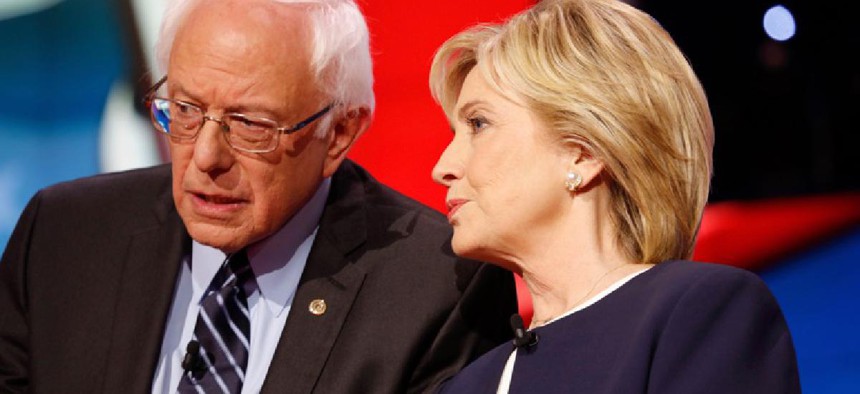In the 2016 presidential race, can the Democrats get their mojo back?

In 2012, it was a robust African-American turnout that assured President Barack Obama’s re-election. That year, for the first time in American history, African Americans were more likely to vote than whites. That turnout was critical, as Obama needed to make up for the drop-off of voters in the general election, specifically losing support among white men between the ages of 45 and 64.
When the U.S. Census looked at the 2012 returns, it determined that “blacks have been voting at higher rates, and the Hispanic and Asian populations are growing rapidly yielding a more diverse electorate." Indeed, Obama owed his 2012 victory to “his huge margins generated from minority and young voters in just three counties – Broward County, Fla., Cuyahoga County, Ohio and Philadelphia County, Pa.,” according to the National Journal. Without them, “Obama would have actually lost those three states and, with them, the Electoral College.”
Now, as Democrats convene in Philadelphia, job No. 1 is to use the gathering to spark the kind of enthusiasm the party captured in 2008, when a primary contest between Obama and former Secretary of State of State Hillary Clinton resulted in millions of new registered voters.
This time out, “Democrats should find reason for optimism” in the latest Census data, Charlie Cook wrote in The Almanac of American Politics. Experts expect the trends in 2012 to continue, with the number of white voters casting ballots dropping by 2 percent. At the same time, the African Americans’ share will hold at 13 percent, with 11 percent for Latinos, and a 6 percent share for Asians.
But results suggest from the just completed primary cycle that, despite demographics moving their way, they will still have their work cut out for them in terms of voter engagement.
Turnout in the primary contests between Clinton and Sen. Bernie Sanders this cycle were dramatically lower than the 2008 race. Clinton actually had more votes cast for her in 2008 than this year.
In the critical state of Pennsylvania, where Clinton won convincingly, total turnout in the Democratic primary was 1.6 million, compared with 2.27 million in 2008. In the swing state of Ohio the drop-off was even more dramatic in 2016, with Clinton garnering close to 680,000 votes, compared with the 1.1 million she won in her victory in 2008.
There were signs of an enthusiasm gap as early as March, when The New York Times reported in the 15 states voting on Super Tuesday that 3 million voters from the 2008 primary were no-shows. In South Carolina, where Clinton easily won the contest with Sanders, black turnout was down by 40 percent.
At the same time, Donald Trump and the GOP’s crowded field generated the same kind of voter engagement for the Republicans that the Obama and Clinton’s 2008 contest did for the Democratic Party.
During this year’s primary season, Clinton ran on a platform that emphasized her closeness and collaboration with Obama. But now, as the general election approaches, will that same continuity message work with the broader electorate?
Right now, according to the RealClearPolitics average of 11 major polls, it might be difficult. Just 22.5 percent of voters sampled this month believed the country was on the right track, while 69.3 percent thought the country was on the wrong track.
As for the future, the latest Marist Poll found that 57 percent of those surveyed were pessimistic, telling pollsters that future generations “will be worse off financially then people today.”